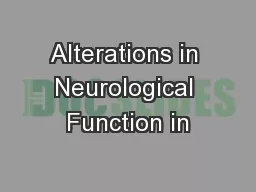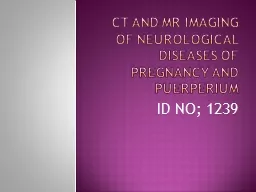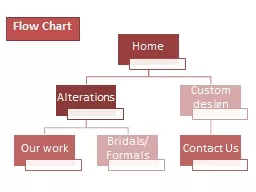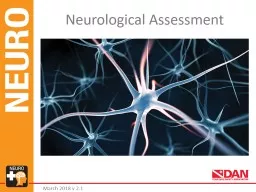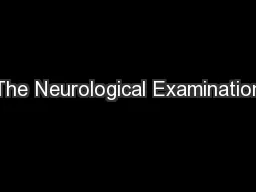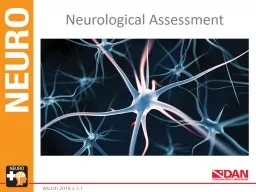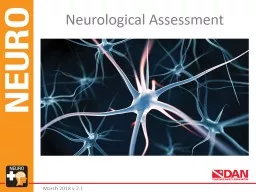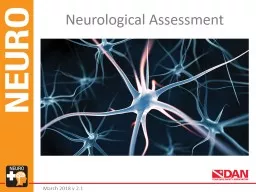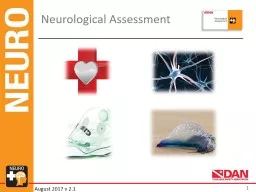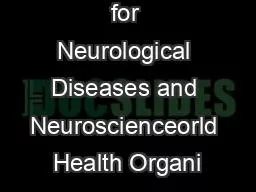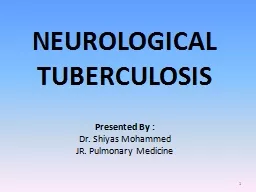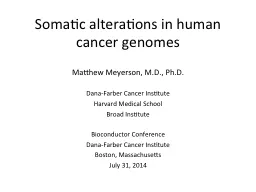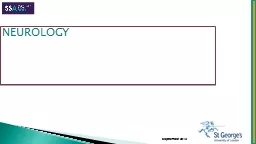PPT-Alterations in Neurological Function in
Author : stefany-barnette | Published Date : 2018-09-26
Pediatrics ch 37 Christine Limann Dyer RN CPN Pediatric Differences Head is larger in proportion to body Insufficient musculoskeletal support in neck Fontenelles
Presentation Embed Code
Download Presentation
Download Presentation The PPT/PDF document "Alterations in Neurological Function in" is the property of its rightful owner. Permission is granted to download and print the materials on this website for personal, non-commercial use only, and to display it on your personal computer provided you do not modify the materials and that you retain all copyright notices contained in the materials. By downloading content from our website, you accept the terms of this agreement.
Alterations in Neurological Function in: Transcript
Download Rules Of Document
"Alterations in Neurological Function in"The content belongs to its owner. You may download and print it for personal use, without modification, and keep all copyright notices. By downloading, you agree to these terms.
Related Documents

